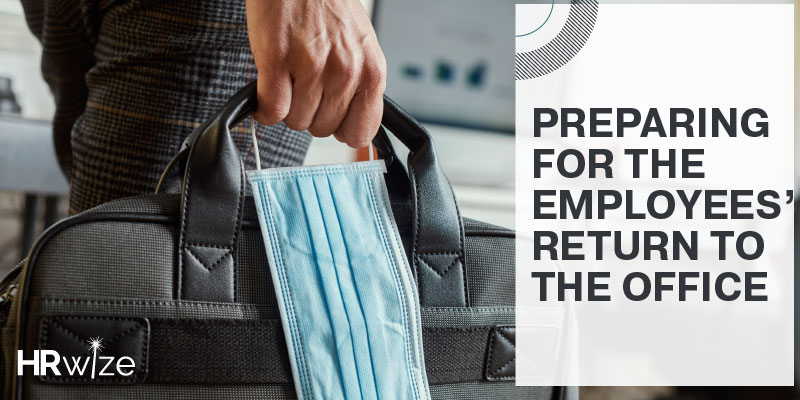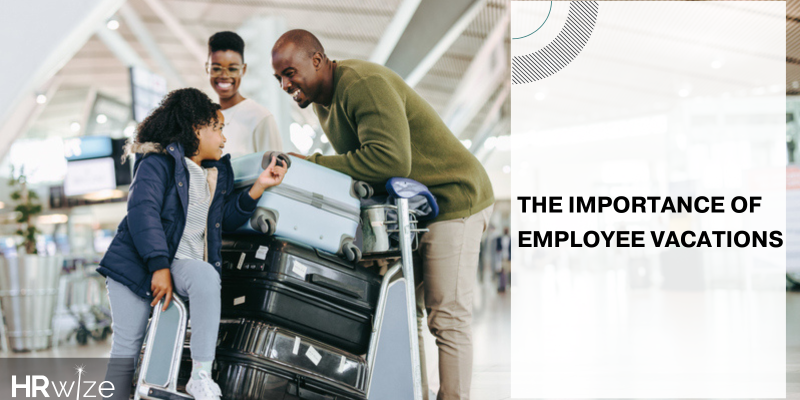Preparing for the employees’ return to the office

It goes without saying that the pandemic made 2020 an extra challenging year for the workforce, particularly with work spaces closing and companies having to rethink their systems. Fortunately, offices are starting to regain a sense of normalcy — and one of the biggest indications of this is the return to full-time office work. At the height of COVID, employees all over the world were forced to work from home. Entrepreneur shares that companies such as Google, Microsoft, Amazon, and Facebook all implemented telecommuting arrangements in order to protect their employees from the virus, without having to put work on hold.
But with the gradual return to normalcy, employees and companies must adapt once again. After all, returning to the office may be quite difficult after months of working from home. Couple this with the emotional and physical toll that the pandemic causes, and it’s safe to say that this shift may be a significant adjustment for employees. Of course, there are things you can do to make this easier on them.
Below, we’ve prepared some tips to make the transition go as smoothly and efficiently as possible.
Preparing The Workspace
Having an optimal work space and tools is essential for productivity. Unfortunately, not everyone is able to afford expensive work desks and fast internet for the home. Before the pandemic, a study on USA Today reveals that 54% of professionals didn’t have a remote work setup. This is because all their work was typically done at the office — using company utilities and equipment.
Now, it’s important to ensure that your office is well-equipped to welcome workers back. One effective change you can make is in your office furniture, which can significantly make or break the quality of your employees’ life. According to Pain Free Working’s article on the best ergonomic accessories, you can choose from sit-stand desks, standing mats, desk converters, desk bikes, and many more. Their benefits go well beyond comfort, as these seemingly small adjustments can lessen the strain on employees’ bodies and allow them to take better care of their health — which, of course, is a prerequisite to productivity. To add to this, Inc’s article on workspace improvements states that the right office equipment can also improve mood and creativity.
Develop a Flexible Work Plan
In our previous article on HRWize, we discussed the importance of adjusting workplace policies for the ‘new normal,’ which include allowing more sick leaves and improving health and safety guidelines. Indeed, we can’t overstate how much you should prioritize revisiting workplace policies. Another way you can make the transition back to the office easier for your employees is by easing them into it. Instead of immediately resuming your operations, why not do it gradually?
For instance, you can only require people to go to the office when they need to attend crucial face-to-face meetings, or to access office equipment and resources that can’t be brought out. From there, you can start ramping up your operations until your office has regained a sense of normalcy. We also recommend creating flexible work arrangements for your employees that have underlying conditions, as they are the most susceptible to the virus.
A Renewed Focus on Mental Health
The repercussions of the pandemic go well beyond physical health. As we mentioned, COVID brought with it mental consequences too — so much so that the United Nations has warned against an impending mental health crisis. Undoubtedly, your employees might be especially susceptible to this due to the difficulties of transitioning back to normal life.
You can counteract this by making mental health services available to them, such as having stipends for counseling and therapy. You can also start an office support group so that your employees can have a safe space to talk about their struggles with people who know what they’re going through.
Piece specially written for HRWize
by Bereneice Jacoby
 A Year in ReviewBy Briana Della Foresta
A Year in ReviewBy Briana Della Foresta Choosing the Right HRIS: A Comprehensive GuideBy Briana Della Foresta
Choosing the Right HRIS: A Comprehensive GuideBy Briana Della Foresta The Impact of Vacation Time on Employee Creativity and InnovationBy Briana Della Foresta
The Impact of Vacation Time on Employee Creativity and InnovationBy Briana Della Foresta The Importance of Employee Vacations for Work-Life Balance By Briana Della Foresta
The Importance of Employee Vacations for Work-Life Balance By Briana Della Foresta Creating a Vacation-Friendly Company CultureBy Briana Della Foresta
Creating a Vacation-Friendly Company CultureBy Briana Della Foresta Strategies for Coping with Working Mom GuiltBy Briana Della Foresta
Strategies for Coping with Working Mom GuiltBy Briana Della Foresta The Importance of Respecting Holy DaysBy Briana Della Foresta
The Importance of Respecting Holy DaysBy Briana Della Foresta What HR Should Know About Candidate Experience?By Briana Della Foresta
What HR Should Know About Candidate Experience?By Briana Della Foresta Do What You Love or Love What You Do?By HRWize
Do What You Love or Love What You Do?By HRWize Diversity Requires MetricsBy Briana Della Foresta
Diversity Requires MetricsBy Briana Della Foresta

